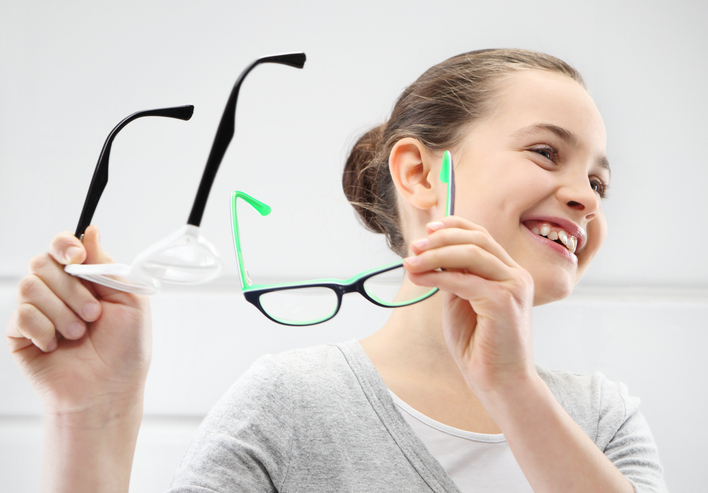Treatment of farsightedness: correction with a lens, glasses or laser?
In the case of mild farsightedness, the eye is able to accommodate the defect by accommodation, so no correction is needed. The situation changes when difficulties arise.
In most cases, children have an error in the range of + 2.0D. Consequently, the difference decreases. up to the 5th year.
Correction is required above + 3.5D. There is an increased risk of complications such as amblyopia or squinting. These are present in several cases together.
In the case of children under 7 years of age, the correction is chosen if the child complains of visual difficulties or a vague feeling of discomfort. The all-day wearing of glasses is recommended especially for errors above + 3.5D. The correction is adjusted annually, taking into account the growth and development of the eye.

In adults, up to + 2.0D correction is not selected.
Glasses or contact lenses are a suitable and conservative correction. However, the correct choice will be determined by an ophthalmologist or optometrist.
The glasses have plus glasses, ie clutches.
The surgery increases the fragility of the optical system, which is what a laser does. We know Z-LASIK, which is gentle, the procedure is fast, safe, and painless. The newer method is NeoSMILE 3D.
For a larger scale and in some cases, intraocular surgery may be proposed. This includes removing the ocular lens and implanting an artificial intraocular lens. In this case, the term PRELEX is also known.
Before determining the appropriate form of treatment, a thorough initial examination is necessary, at a later stage a preoperative examination. The doctor orients himself according to the age, symptoms, diopters, lifestyle, or occupation of the person concerned.










